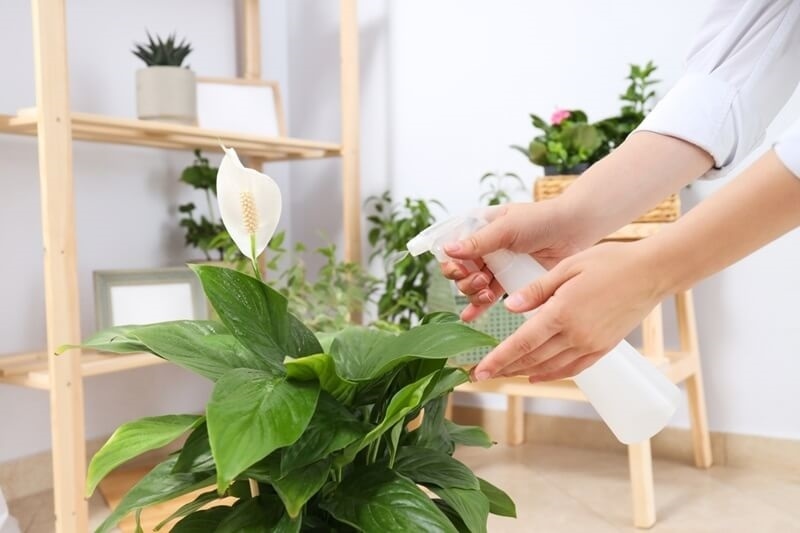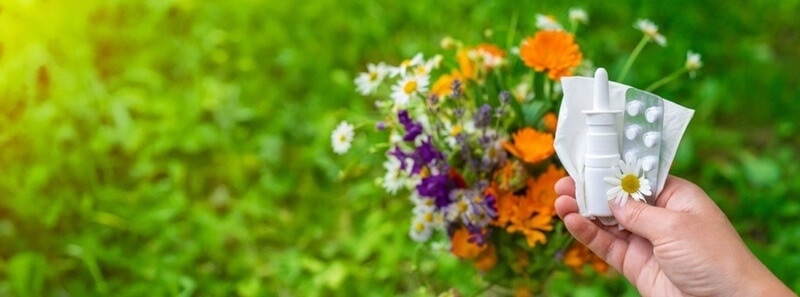
Flowers are just amazing things to decorate or cheer up any room, but at the same time, it is a pity that fresh-cut flowers don't last for a long time. It is not always practical to buy flower food packets for each bouquet, which is why learning how to make your own flower food could revolutionize your days. Yes, you can create a flower-watering solution to keep the blooms fresh with just a few household ingredients. Many people are surprised to find that the smallest changes in the way they water can extend the life of their flowers.
This guide covers easy methods for preparing your own solutions, exposes numerous myths, and highlights the role of sugar, vinegar, and even aspirin in flower care. The right adjustment will make your flowers last for days instead of losing their freshness after a few hours.
Cut flowers are disconnected from their source; they cannot get the food they need from the plant. In order for them to survive, they need to be given both food and protection from bacteria. This is the role that flower preservatives play. A good solution most often involves three parts:
Although the packets that you can buy in the stores are already a combination of these, you can certainly prepare these at home on your own.
One of the oldest gimmicks to make flowers last longer after they have been cut is the addition of sugar to the water in the vase. Sugar is like the food source for the flowers and gives them the energy that they require to keep opening and retain the colour. But, too much sugar will encourage bacteria to grow, thus the stems will become slimy and the flowers will have less lifespan.
The trick here is moderation. One small spoonful mixed in with purified water will make the flowers live longer. To prevent bacteria from proliferating, sugar is usually combined with vinegar, lemon juice, or a drop of bleach.
Another household product that can bring about amazing results is vinegar for flower care. Vinegar makes the water more acidic, which allows the flowers to take in the water more easily. It also makes it more difficult for the bacteria to plug the stems. A little sugar added to warm water with one tablespoon of white vinegar makes a very simple and effective vase solution.
This mixture provides hydration to flowers while bacteria growth is limited; therefore, it is one of the most trustworthy DIY flower food recipes.

The story of putting crushed aspirin in the water of a vase is probably the one you are familiar with. This old trick has been passed on from generation to generation but its effectiveness is still doubted. The aspirin in flowers myth is due to the concept that aspirin, like vinegar, lowers the pH of water. While there is some benefit to happen, studies show that sugar and vinegar are better than the aspirin mixtures.
If it is really so that there is no other option but to put the aspirin in the recumbent stock, then it is better to be there than not, but the flowers will be doing better with the sugar, vinegar, and antibacterial.
These are reliable mixes that you can do at home. All the ingredients used in the preparation of each one are most probably already available in your kitchen and are simple to procure.
This mixture is energizing for the flowers and keeps the bacteria away. The solution needs to be replaced every two days.
The citric acid in lemon juice functions just as well as the vinegar and is especially useful for flowers such as lilies and daisies.
Bleach is very effective at killing bacteria, which causes the water to stay clean. However, do not add a lot of it, because it can harm the delicate petals of the flowers.
The sugar present in Sodas is what nourishes the flowers, while the Citric Acid lowers the pH. This is a very convenient and quick solution when you do not have vinegar or lemon juice.
One reason why people recommend dropping a copper penny in water is that copper has anti-bacterial qualities. For what it is worth, it will not likely be as powerful as vinegar, but it may help clean the water up.
These all use easily accessible things for DIY flower food that can be adapted to what you have at home.
Even the most effective homemade flower preservatives will not work if the vase is dirty. Before you start with your flower arrangement, wash your vase with warm, soapy water to get rid of any bacteria that might be lurking. Make sure there is no soap left by rinsing thoroughly.
While cutting the stems, make sure you do it at an angle and under running water to prevent the formation of air bubbles. Shed off the leaves that are going to be under the water because they will rot fast and pollute the water.
Whatever flower food DIY recipe you choose, water has to be changed at least every two days. This is the surest way to stop bacteria from accumulating. When refreshing the vase,
This routine makes a big difference in how long your flowers last.
People try different things besides aspirin, which is mentioned in the article. Some swear by putting vodka or gin in a vase, while others use mouthwash. All these can lower bacteria, but they don’t give flowers the sugar that they need to get energy from.
The truth is that simple home-made flower preservatives with sugar and acid are much more reliable. Don’t make it complicated—just give flowers, clean water, energy, and protection from bacteria.
Besides DIY flower food recipes, you can do a few extra things to make flowers last longer.
These small changes, when coupled with the right preservative, can keep the freshness of flowers for several days.
The solution of your own is a money saver and waste reducer. It is possible to use the ingredients that you already have stored in your kitchen rather than using the single-use packets. DIY flower food also allows you to control what goes into the water, thus eliminating unnecessary chemicals while still keeping your flowers fresh.
The methods presented here are not only feasible and rewarding for everyone who likes to have flowers at home.
Fresh cut flowers are a source of pleasure, bring beauty and colors to your everyday life, but they still need to be taken care of. Glyceryl Triacetate DIY methods make it possible to practically prepare your own preservatives using sugar, vinegar, lemon juice, or even a carbonated drink. The myth of aspirin being used in flowers is not entirely false; however, the most reliable solution is derived from the proper balance of sugar and acid.
Ultimately, maintaining flowers alive is no longer a daunting quiz question—it turns out to be a simple process with common kitchen ingredients and a bit of patience.
This content was created by AI